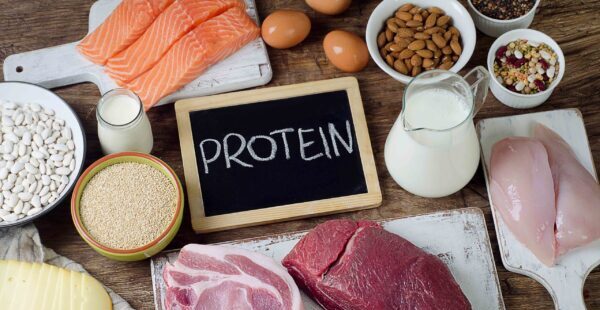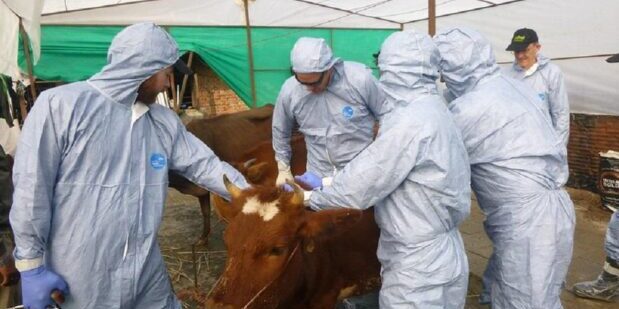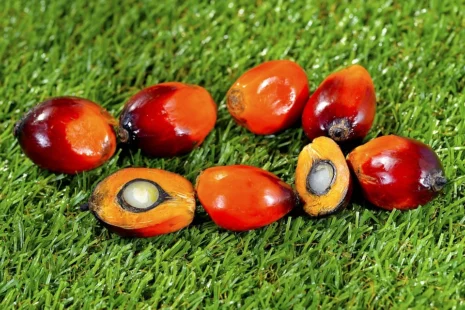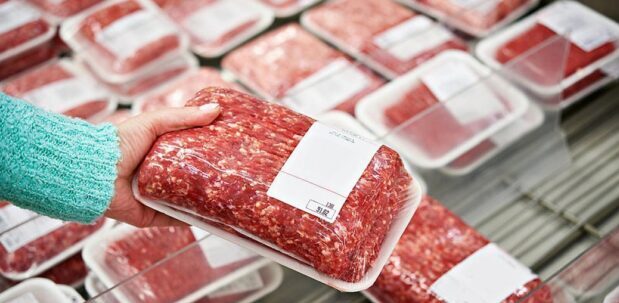
The task of feeding an additional two billion people on the earth by 2050 is so massive that the existing animal protein industry will be insufficient. That’s the premise of a new roadmap developed by Australia’s national science agency, the CSIRO, for harnessing protein supply prospects for the country. According to the CSIRO, there is about $13 billion in new market opportunity for all types of protein, but thinking outside the box will be crucial. The roadmap’s proposals range from novel plant-based protein products to turning lower-value pieces of red meat into value-added protein powders and nutraceuticals.
They also include the development of higher-protein, better-tasting legume crops, the production of sustainable Australian white-flesh fish, and the investigation of protein sources such as farmed meat and edible insects. There is possibility for expansion in all protein categories, but collaboration is required, according to the strategy. According to the CSIRO, Australia could become a global leader in protein supply, with the’size of the prize’ including the creation of 10,000 new employment. Moreover, CSIRO researchers have found that the demand for Australian protein products would increase by 8.65 million tonne in 2030 compared to 2018. Australia might be supplying 65 million tonnes of protein to both domestic and international markets in eight years.
As protein demand rises and new consumer trends arise, science-based solutions can help build new markets and complement Australia’s existing, globally competitive traditional businesses, according to CSIRO chief executive Dr Larry Marshall. He believes that by doing so, Australia’s reputation will transform from being the world’s food bowl of commodities to a worldwide smorgasbord of unique higher-value products. “By leveraging technologies like digital traceability and integrity systems that enhance the premium status of Australian red meat, we can supercharge growth in our traditional protein industries,” he said. “We can also grow new complementary protein markets by using techniques like precision fermentation to generate a suite of new Australian products.”
According to the Food and Agriculture Organization, 60 percent more food would be required by 2050 to feed an estimated 9.7 billion people. CSIRO also discovered that a total of five animals and 12 plants create 75 percent of the world’s food. “Our food system is more vulnerable to dangers such as disease, pests, and weather as a result of this concentration.” When you consider the huge biodiversity and nutrient-dense foods on the world that could be included into our diets, it also presents a tremendous potential,” according to the executive summary of the roadmap. “Protein is essential for human health, and as the world’s population grows and consumer preferences shift, we’ll need to produce more of it, more sustainably, from a wider range of sources.” “However, we can’t just do what we’ve done before. We need solutions from science to help create these new markets.”

In Adelaide, pieces of the foot and mouth disease were found in unregistered beef, marking Australia’s second finding of the disease. The Adelaide Advertiser reported the discovery at the airport on Thursday, one day after Agriculture Minister Murray Watt announced disease pieces had been found in Melbourne-produced pork. They are the disease’s initial reports in […]
Read More →
China has made it clear that they are serious about building a fake food business rapidly. The world’s largest importer of animal-based protein is quickly implementing President Xi JinPing’s direction to accelerate the development of alternative proteins. Last month, President Xi directed his agriculture authorities to seek protein sources other than traditional animal businesses in […]
Read More →
With the high price of beef, the urge to fabricate species and cuts is greater than ever, and the methods for doing so are growing more advanced. While meat fraud is uncommon in Australia, cattle farmers have a vested interest in preventing it – or even inadvertent substitution – in other countries, given that three-quarters […]
Read More →